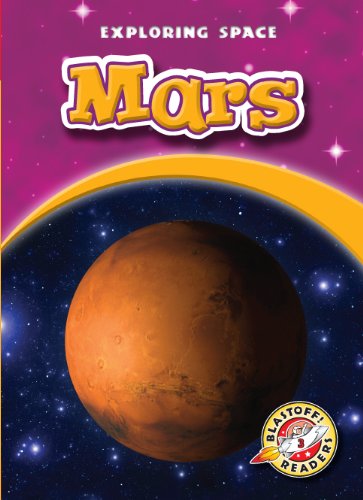-
The Life Cycle of a Butterfly
Colleen Sexton
Library Binding (Bellwether Media, Jan. 1, 2010)A female butterfly lays eggs on a leaf to begin the butterfly life cycle. The eggs hatch into caterpillars, and caterpillars form chrysalises to change into butterflies. Students will follow a butterfly as it grows from an egg into an adult. L
L
-
The Life Cycle of a Salmon
Colleen Sexton
Library Binding (Bellwether Media, Jan. 1, 2010)Adult salmon spawn at the end of their life cycle. They fight strong currents while swimming upriver to the place where they hatched. Young readers will follow a salmon from egg to adult. K
K
-
The Life Cycle of a Frog
Colleen Sexton
Library Binding (Bellwether Media, Jan. 1, 2010)The life cycle of a frog takes place in water and on land. It begins in spring with a male frog croaking a song to attract a female. Young readers will read about and watch an egg develop into a tadpole and then into an adult frog. L
L
-
Tiger Snakes
Ellen Frazel
Library Binding (Bellwether Media, Aug. 1, 2011)These venomous snakes get their name from the tiger stripes on their long bodies. Most common in Australia, tiger snakes live in coastal areas, wetlands, and creeks. Discover more about this snake's habitat, deadly venom, and other unique features. G
G
-
Lobsters
Heather Adamson
Library Binding (Bellwether Media, Aug. 1, 2017)Did you know that clawed lobsters can be right-clawed or left-clawed? Every baby is born with two cutter claws. Then one cutter claw eventually develops into a crusher claw, which determines handedness. Beginning readers will want to get their hands on this ocean animal profile! P
P
-
Life in a Tundra
Kari Schuetz
Library Binding (Bellwether Media, Jan. 1, 2016)Offering a stark contrast to hot, sandy deserts and tropical rain forests, the tundra is buried in snow and ice most of the year. However, life finds a way to flourish. During the short summer, flowers bloom and animals roam the land even though temperatures rarely reach 50 degrees Fahrenheit! This title will teach young readers how plants and animals survive in severe cold. L
L
-
Life in a Grassland
Laura Hamilton Waxman
Library Binding (Bellwether Media, Jan. 1, 2016)Grasslands vary around the globe and are home to many life forms, including big cats and grazing animals. These sprawling fields are found on every single continent except Antarctica. Tropical savannahs and rolling prairies are just two different types of grasslands. Curious young learners are sure to discover that grasslands are a fascinating biome in this engaging title! L
L
-
The Life Cycle of a Penguin
Colleen Sexton
Library Binding (Bellwether Media, Jan. 1, 2010)Penguins must complete their life cycle in very cold temperatures. To protect their eggs from the cold, penguins use brood patches. Students will watch a penguin chick hatch from an egg and grow into an adult. L
L
-
Mosquitoes
Patrick Perish
Library Binding (Bellwether Media, Jan. 1, 2018)Many people hate the quiet whine of a mosquito buzzing around their head. But you may be surprised to learn that females are the only mosquitoes who suck blood. Itching to find out why? Young readers will find out this and so much more in this book about mosquitoes! Photo labels visually define glossary terms and other important words. Picture glossaries offer visual supports. Size diagrams show the actual size of insects. Special feature boxes call out favorite foods. Special feature boxes identify insect life spans. Simple informational text introduces key details of insects. Well-organized chapters help students identify primary details. Text/photo correspondence aids in learning key details of a text. Table of contents, glossary, index are also included. D
D
-
Tide Pools
Colleen Sexton
Library Binding (Bellwether Media, Aug. 1, 2008)Tide pools are filled up and emptied as the tide comes in and goes out. This makes living in them very difficult. Explore how tide pools are host to fascinating creatures such as sea anemones, starfish, crabs, and sea urchins! K
K
-
The Life Cycle of a Sea Horse
Colleen Sexton
Library Binding (Bellwether Media, Jan. 1, 2010)Male sea horses have a unique role in the sea horse life cycle. They carry the eggs and give birth to as many as 200 babies at one time. Young children can track a sea horse's life cycle from egg to fry to adult. O
O
